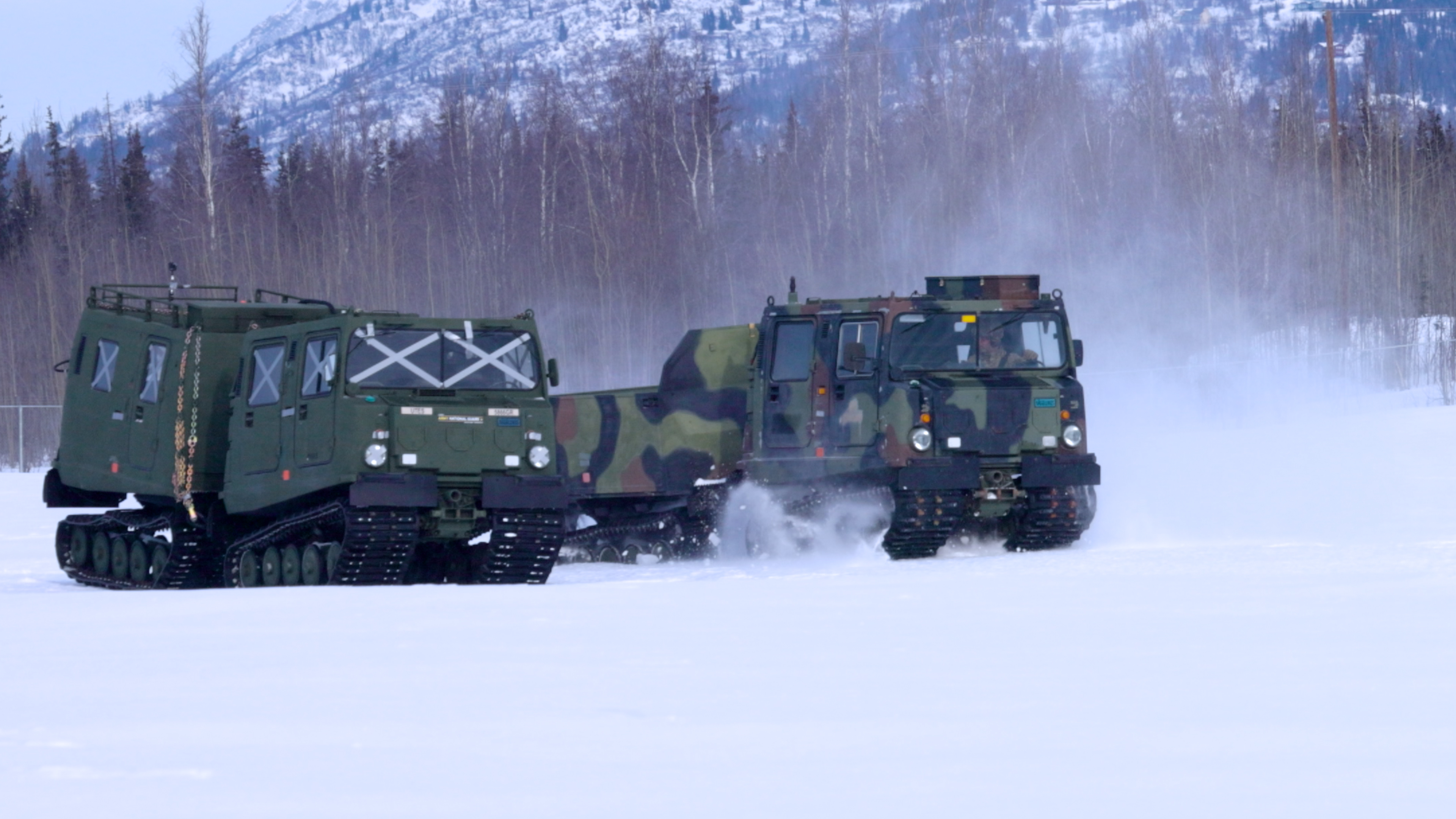A major nuclear fusion milestone was announced on December 13, leading to a video of nuclear scientist Marv Adams explaining the science behind the breakthrough going viral.
A Reddit post sharing a Guardian video of Adams, who is the deputy administrator for defense programs at the National Nuclear Security Administration (NNSA), giving the explanation at a press conference after the announcement, went viral, amassing over 25,000 upvotes.
The announcement was that scientists at Lawrence Livermore National Laboratory in California had achieved a net energy gain from nuclear fusion for the first time, taking them a step closer to the dream of harnessing the power of the sun to produce unlimited clean energy.

Adams first told the audience about the tiny cylindrical reaction chamber involved in the test, which he showed was only around a few inches long and contained a small spherical capsule "about half the diameter of a BB."
"192 laser beams entered from the ends of the cylinder and struck the inner wall—they didn't strike the capsule, they struck the inner wall of this cylinder—and deposited energy, and this happened in less time than it takes light to move 10 feet. So it's kinda fast," Adams said.
"X-rays from the wall impinged on the spherical capsule. Fusion fuel in the capsule got squeezed. Fusion reactions started. This had all happened before, a hundred times, but last week for the first time, they designed this experiment so that the fusion fuel stayed hot enough, dense enough and round enough, for long enough, that it ignited, and it produced more energies than the lasers had deposited: about 2 megajoules in and about 3 megajoules out, at a gain of 1.5."
BREAKING NEWS: This is an announcement that has been decades in the making.
— U.S. Department of Energy (@ENERGY) December 13, 2022
On December 5, 2022 a team from DOE's @Livermore_Lab made history by achieving fusion ignition.
This breakthrough will change the future of clean power and America’s national defense forever. pic.twitter.com/hFHWbmCNQJ
For context, the average household uses 100 gigajoules [100,000 megajoules] of energy per year.
"The energy production took less time than it takes light to travel one inch," Adams said.
Light travels at 186,000 miles per second.
Nuclear fusion involves heavy hydrogen atoms of deuterium and tritium—each with one and two neutrons in their nucleus, respectively—colliding with enough force that they fuse to form a helium atom, releasing large amounts of energy as they do so. However, to make the atoms fuse, a huge amount of energy needs to be input first to get them excited enough to collide.
"We need to heat up isotopes of hydrogen gas so they become the fourth state of matter, called plasma. In order for the atoms to fuse together on Earth, we need temperatures ten times hotter than the Sun—around 100 million Celsius, and we need a high enough density of the atoms and for a long enough time," Aneeqa Khan, a nuclear fusion researcher at the University of Manchester in the U.K., told Newsweek.
The lasers used to give energy to the system require a large amount of electricity to power.
"These results are the first time in history that the fusion community have output more energy from the reaction than they put in. This is indeed a promising and exciting result, but we need to remember that this does not take into account the energy required to run the lasers that confine the reaction and other inefficiencies and losses," Khan said.
While not yet perfected, this discovery is a major breakthrough in the field, as it takes scientists one step closer towards a future where nuclear fusion could be used to generate electricity in place of fossil fuels.
"Fusion is considered a green source of energy as it does not release carbon dioxide into the atmosphere," Khan said.
"If we can make it work it has the potential to provide a stable baseload of electricity to the grid, as well as potential for secondary applications such as hydrogen production or heating. It is not ready yet and therefore it can not help us with the climate crisis now, however, if progress continues it has the potential to be part of a green energy mix in the latter half of the century and should be part of our long term strategy, while we use other existing technologies such as fission and renewables in the near term."
However, there are still many hurdles that the scientists need to overcome to reach a fully fusion-powered future.
"We are still a way off commercial fusion," said Khan. "We need an engineering net energy gain of the whole device that takes into account all plant inefficiencies. Building a fusion power plant also has many engineering and materials challenges. However, investment in fusion is growing and we are making real progress. We need to train a huge number of people with the skills to work in the field and I hope the technology will be used in the latter half of the century."
Do you have a tip on a science story that Newsweek should be covering? Do you have a question about nuclear fusion? Let us know via science@newsweek.com
Uncommon Knowledge
Newsweek is committed to challenging conventional wisdom and finding connections in the search for common ground.
Newsweek is committed to challenging conventional wisdom and finding connections in the search for common ground.
About the writer
Jess Thomson is a Newsweek Science Reporter based in London UK. Her focus is reporting on science, technology and healthcare. ... Read more
To read how Newsweek uses AI as a newsroom tool, Click here.





